Fashion Technology: One Millennial's Myopia
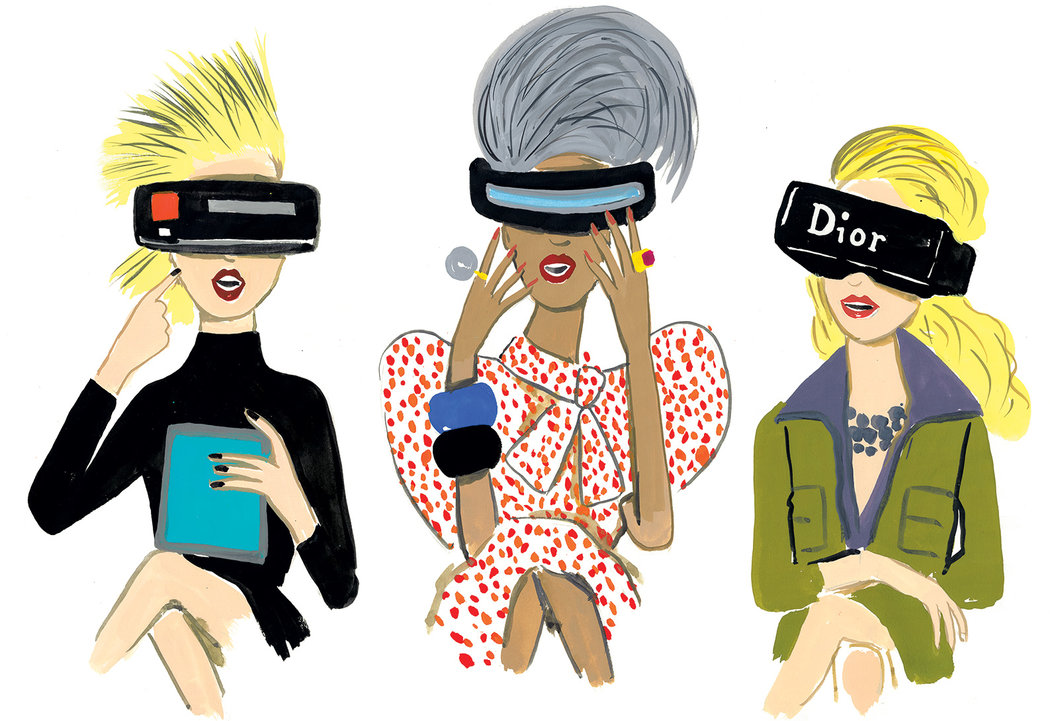
Being in the demographic cohort of a millennial, people assume we from the “Me Generation” are obsessed with technology. Our thumbs start to twitch if we are not holding our iPhones, our quivering social status is based on follower count, we demand instant gratification with everything (food, dating, movies, music) and we expect to be connected 24/7.
Why yes, this may be the case for some, I define myself as a romantic. Someone who emphasises emotion and authenticity, someone who values true human craftsmanship and the beauty of nature. (I know I am not alone on this considering the rise in the sales of vinyl, hard copy books, and “vintage”) Although we were very young, we are the last generation to experience the world pre-smart phone, pre- “likes”, pre- amazon prime and that makes us as a generation of nostalgics fond of simpler times from our childhoods.
That being said, I innately have mixed feelings when reading about the new technologies being developed and how they will change our world, especially in relation to fashion.
At the Hyéres Fashion and photography festival, one of the panel discussions focused on the future of Fashion Tech featuring Lucas Delattre (journalist and professor at IFM), Bradly Dunn Klerks (general manager at Iris Van Herpen ), Dr. Amanda Parkes (considered by Vanity Fair as the " One of the 8 most powerful women in Silicon Valley"), Carole Sabas (journalist) and Charles Thurat (Heuritech artificial intelligence specialist ).
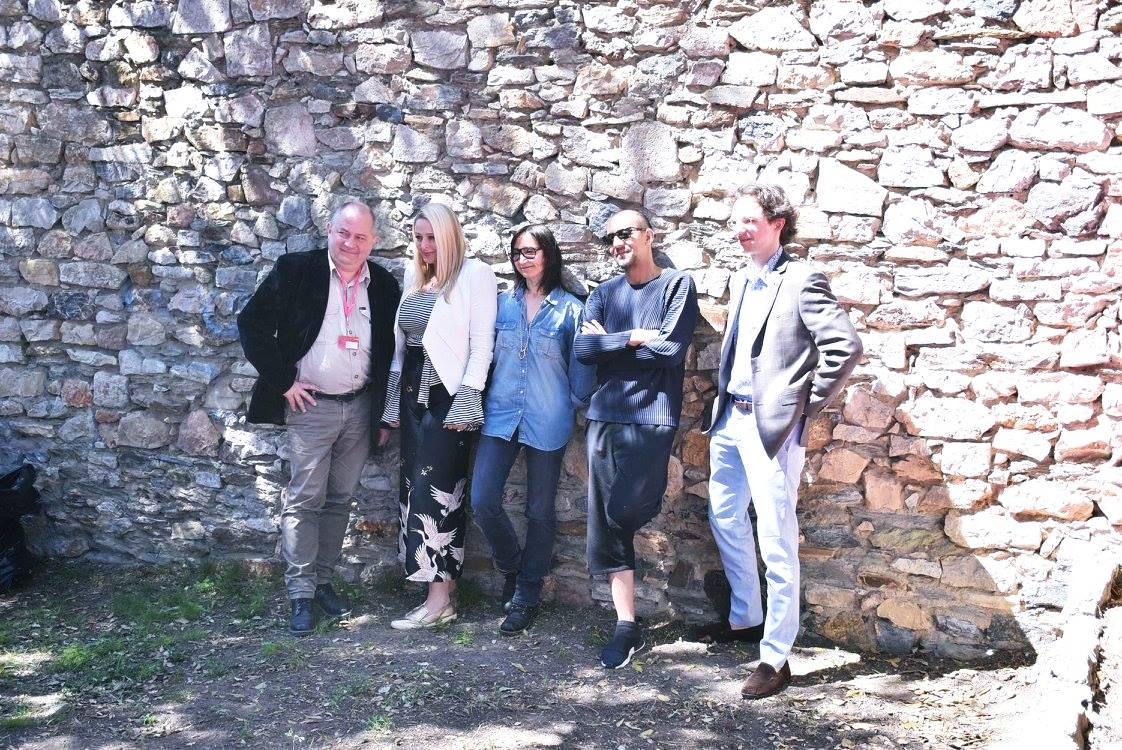
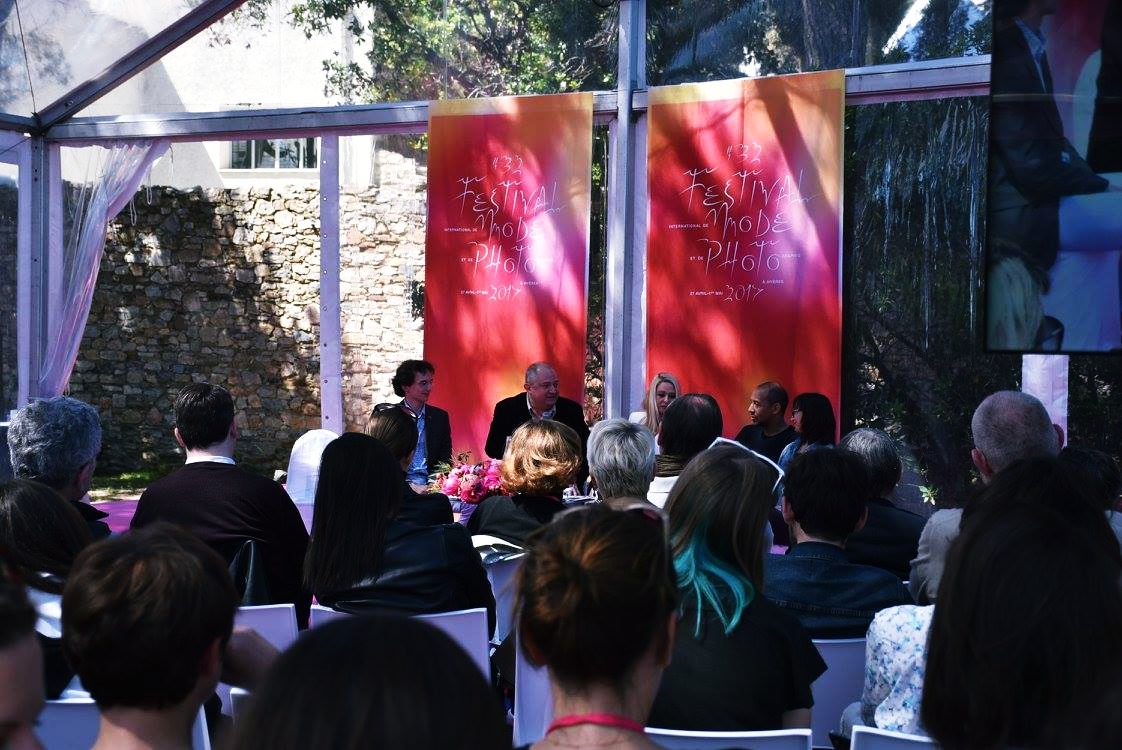
Parkes argued the most important research within fashion tech is regarding materials: new fibres that contain many technological innovations. She states, “The future is bio-tech. You start to have mushroom leather or roots, the new materials become more environmentally friendly. This will change the way we use clothes, they will start to be part of the Internet of Things (IOT), for example your clothes will monitor your state of health.”
In the future, the technology will be hidden in the fibres. The fibres can be used as a battery which will charge in the sun, it will be completely invisible. We can then create real clothes, not just the gadgets we wear. When we talk about electronic wearables, The priority is to quantify and analyse the body's performance. Fashion [however] is more about personal expression, identity. There is a big gap between fashion and fashion tech. We are trying today to find bridges that meet this emotional need. This is a very different approach to the gadget.
Bradly Dunn Klerks however challenged her with another point of view.
Klerks questioned the purpose of the creation of these bridges. “In our work, we like to think of purity, minimalism, we do not see gadgets on the body. As a designer, we are completely opposed to this, we focus on pure design.”
On this point, Carole Sabas explained that the issue is that engineers and designers do not talk together, however the launch of Google Jacquard is a successful example of the merging of the two fields. Jacquard interwoven into the Levi’s Commuter denim jacket allows the wearer to control their mobile experience and connect to a variety of services, such as music or maps, directly from their jacket. Products on the markets today also include glasses that can take pictures, and earrings as bluetooth headsets or headphones.
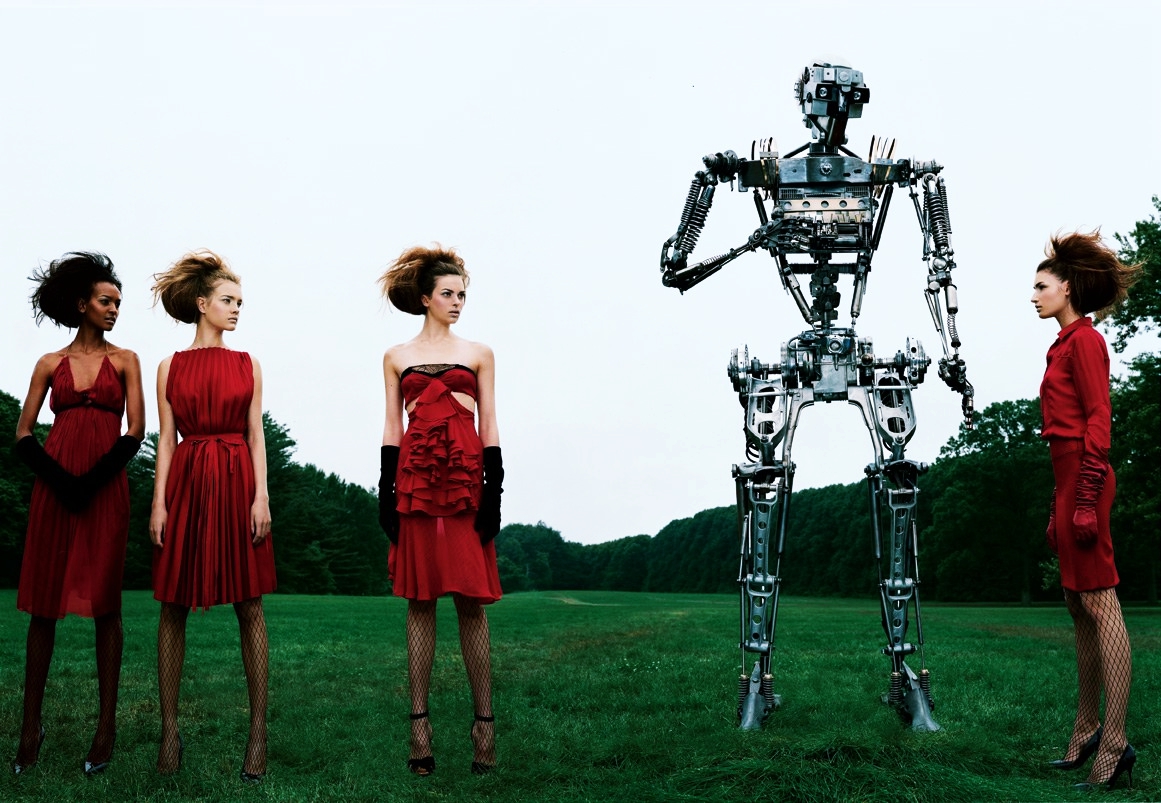
These innovations in technology can surely benefit millions of people who have disabilities, thus stressing the need for functionality, but surely we do not all want battery fibres within handwoven cashmere sweaters? Especially in regards to luxury with the handcraft needed for producing a heritage piece, the opposition against embracing “tech” with open arms is understandable.
Is not luxury, driven by emotion, something which is timeless? Something special passed down from generation to generation? Is not technology the polar opposite driven by function and changing every day? How realistically can they ever truly merge?
Advancements in fashion technology however are not only within materials. We see a rise in VR, AR and of course robotics. Have you heard of Amazon’s Echo look - the next generation of Alexa?
The Echo Look has a camera and can speak and listen, enhancing the human, AI interaction. The fashion conscious can use Echo look to take style selfies without hands (selfies, which are then stored by Amazon) and with the fashion feedback app Style Check, can mechanically construct the “perfect outfit” (based on data) from your wardrobe. Amazon says it will employ machine learning to rate fashion options and help users choose between outfits and ultimately, give the user’s wardrobe a score. The feature is using the help of human stylists to train the entirely robotic style recommendations in the near future.
Do we truly demand our outer identity to be shaved down to an emotionless algorithm?
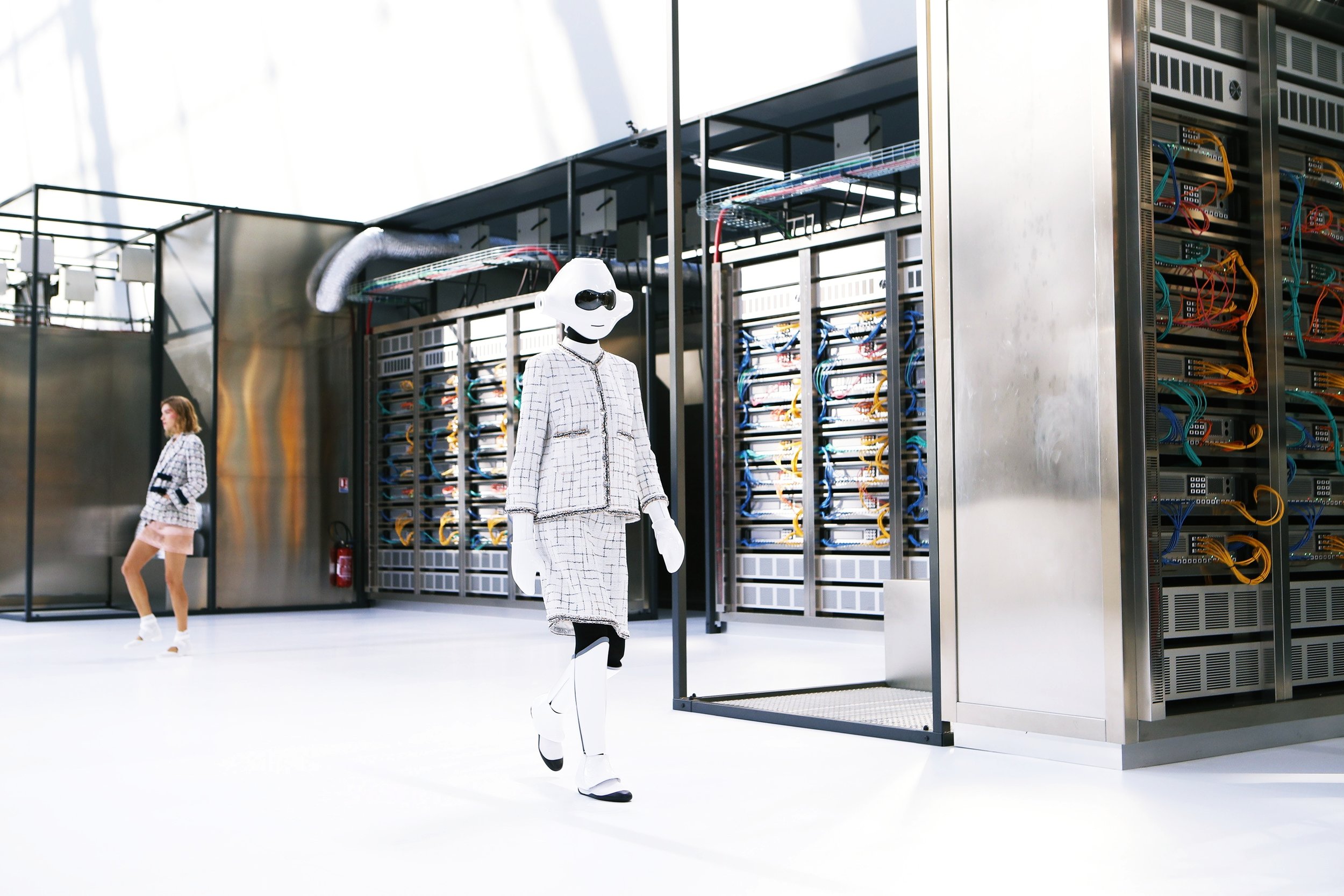
Advocates of pushing such technologies within fashion call those who resist (many whom are designers) dinosaurs, stuck in the past, or narrow minded, but maybe they (we) love the emotional raw, organic “magic” of fashion, as we are human - living, breathing beings - not soulless cogs in a machine. I would consider it a grave tragedy if in the future fashion is fully automated, calculated, electric, and void of the human touch.
But I am a millennial you ask? How could I not be excited by these new technologies you ask?
I want a professor who speaks to us instead of reads from a powerpoint, I want to define my self-worth not based a social media following, I want to climb the peak of a mountain not “experience” it on Oculus Rift, I want to pursue research without having my personal data collected by big companies, I want to share my voice without having Facebook Ads tailored to me, I want to learn history not to google history, and I want to wear clothes that do not pulse electricity, "harvest" my personal data, “enhance” my experience and quantify my identity.
Or perhaps that is only one millennial's myopia.

